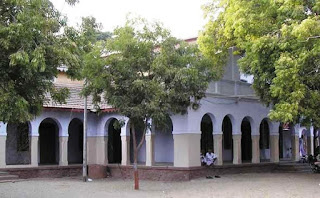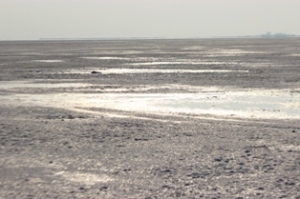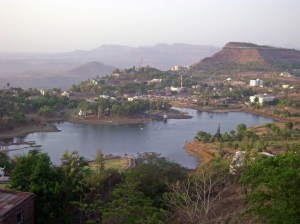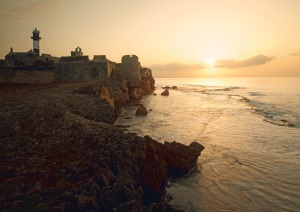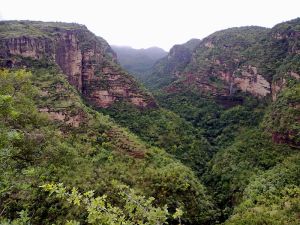Rajkot is the fourth largest city in the state of Gujarat. Rajkot was once the capital of the princely State of Saurashtra, before its merger in to the Bombay State on 1st of November, 1956. The sprawling city of Rajkot is located on the backs of River Aji and Nirari, and lies in the centre of Saurashtra. It is flourishing of industrial hub with wide streets and distinctly urban architecture. The typical Kathiawari hospitality greets people from all walks of life. Here complicated business deals are struck over cups of tea, jalebi-fafda and ice-cream. The city over the years has earned the title ‘Rangiloo Rajkot’ and the exuberance of the people more than live up to the name.
Today it is best known as the town where Mahatma Gandhi spent the early years of his life, when his father was the Diwan or Prime Minister to the Raja of Saurashtra.
Welcome to the land of fun, frolic and food!
Places to visit...
Rajkumar College
This is one of the oldest colleges founded in India, by the princes and chiefs of Kathiawar for the education of the princely order. The RKC was opened to the public ini 1939 and is one of Rajkot’s most esteemed schools. A series of buildings in Indo-Gothic architecture, characterizez this 25 acre campus, exuding an old world charm.
Location: Dr. Radhakrishnan Road, Gavliwad.
Timing: Across the day, every day. Permission to be obtained from the Principal’s office for touring the campus.
For more Details: +91 281 2466064/248 1032
Rashtriya Shala
Rashtriya Shala was established in 1921 by the erstwhile ruler of Rajkot, Lakhaji Raj Thakore, in the presence of Mahatma Gandhi to serve as a national educational institution. From 1934 Khadi spinning and weaving were introduced here. Today this institution is involved in reviving Patola weaving techniques.
Location: Dr. Radhakrishnan Road, Gavliwad.
Timing: Across the day, every day. Permission to be obtained from the Principal’s office for touring the campus.
For more Details: +91 281 2466064/248 1032
Mayur Patola Art
Rajkot has quickly developed a Patola-weaving industry. This skill comes from Patan, and is a torturous process that involves dyeing each thread before it is woven. However, in Patan both the warp and weft threads are dyed (double ikat ), whereas in Rajkot only the weft is dyed (single ikat ), so the product is more affordable. You can visit workshops that are located in people’s houses in the Sarvoday Society area, including Mayur Patola Art , behind Virani High School.
Address: Sarvoday Society
Address: Sarvoday Society
Telephone: +91 281 2464519
Opening hours: 10am-6pm
Watson Museum
The Watson Museum is named after Colonel John Watson, a political agent (administrator) in the 1880s who gathered many historical artefacts and documents from around Saurashtra. It’s a jumbled attic of a collection, featuring 3rd-century inscriptions, delicate ivory work, and taxidermy exhibits put together by someone with a bizarre sense of humor.
Address: Jubilee Gardens
Prices: Indian/foreigner: 5/50
Opening hours: 9am-12.45pm & 3-6pm Thu-Tue, closed 2nd & 4th Sat of the month
Kaba Gandhi No Delo
This is the house where Gandhi lived from the age of six (while his father was diwan of Rajkot), and it contains lots of interesting information on his life. It now holds a permanent exhibition of Gandhian items called Gandhi Smriti. The house offers a pictorial tour of the Mahatma’s life with captions in both Hindi and Gujarati. The Mahatma’s passion for the handloom is preserved in the form of a small weaving school.
Address: Kadiya Nav Line, Street No. 8, Sri Lakhajraj Road, Lohana Para.
Opening hours: 09:00 am to 12:00 pm and 03:00 pm to 06:00 pm.
Bangdi Bazaar
The market in the old part of the city is a maze of narrow alleyways, lanes and dead ends. Shop fronts and foot paths display an array of embroidered fabrics, beadwork, bandhanis and readymade material.
Location: Kanak Road in the Old City.
Lang Library
It is an institution over a hundred years old which commemorates the memory of Col. Lang. Originally stared as Vidya Gun Prakash in 1856, it came to be finally housed in the present building in 1893.
Temptations
RESTAURANT
Hugely popular with families, Mexican, Italian, falafel, baked potatoes, parathas (thick flat bread with stuffings such as vegetables or paneer) and South Indian are served in a clean, brightly decorated, well air-conditioned cafe.
Address: Kasturba Rd
Address: Kasturba Rd
Lord’s Banquet
RESTAURANT
Address: Kasturba Rd
Telephone: +91 281 2444486
Opening hours
12.30-3.30pm & 7.30-11.30pm
Patel Ice Cream
Home made type/unpasteurized ice cream: Especially seasonal flavours like ginger, Sitafal (Custard Apple), Mango
Address: Sadar Bajar, Race Course
Chouki Dhani, Rajkot
RESTAURANT/HOTEL
Address: Near All India Radio Tower, Jamnagar Road, Rajkot. Gujarat. India
Heritage Khirasara palace
RESTAURANT/HOTEL
Address: Kalawad Road, Near Metoda G.I.D.C.Khirsara, Kalawad Road, Khirasra, Rajkot, Gujarat 360021, India
Cell: +91 99130 77077
Tel: +91 2827 234444
Web: www.khirasarapalace.in
Cell: +91 99130 77077
Tel: +91 2827 234444
Web: www.khirasarapalace.in
Places to see around Rajkot...
Virpur: Located here is the Jalaram Bapa temple, a popular pilgrimage sire and the former residence of the saint and social reformer. He dedicated his life to selfless service. During his late teens Bapa and his wife established a sadavrat, offering food to people at all hours. Nobody returned hungry from their doorstep.
Khambhalida Caves: At Khambhalida there are three caves, the central one called ‘chaitya’ has a worn-out stupa. The entrance of the ‘chaitya’ is flanked by two large sculptures of the Bodhisattvas – Padmapani on the right and Vajrapani on the left. The caves date back to the 4th-5th century AD and are carved out from the local limestone rock.


